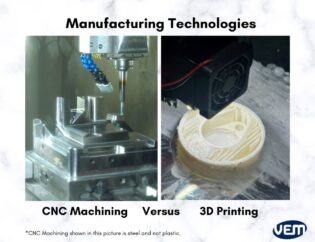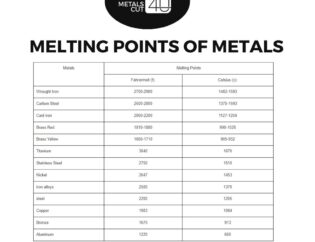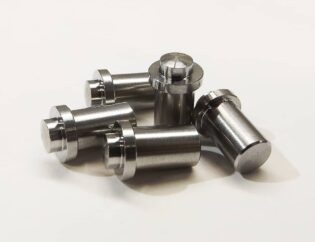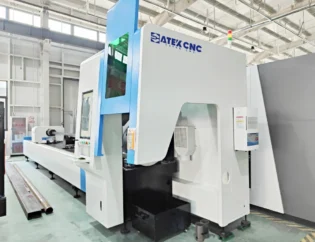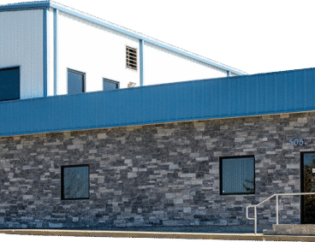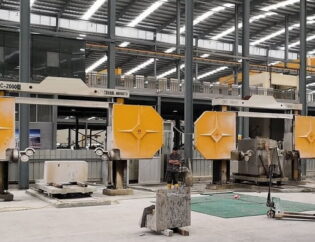Prototyping rapidly is a crucial skill in today’s fast-paced design and development landscape. It allows teams to visualize concepts, test ideas, and gather feedback quickly, ultimately leading to more effective products. This guide will delve into the principles and techniques of rapid prototyping, empowering you to streamline your creative process and enhance collaboration.
Readers can expect to learn about various prototyping methods, tools, and best practices. We will explore how to create low-fidelity and high-fidelity prototypes, the importance of user testing, and how to iterate based on feedback. By the end of this guide, you will be equipped with the knowledge to implement rapid prototyping in your projects effectively.
What is Rapid Prototyping?
Rapid prototyping is a group of techniques used to quickly fabricate a physical part or assembly from a three-dimensional design. This process allows engineers and designers to create better final products by iterating between digital designs and physical prototypes in a quick and cost-effective manner. With the advent of advanced tools and technologies, rapid prototyping has become an essential part of product development across various industries.
Comprehensive Insights into Rapid Prototyping
Rapid prototyping is not just about speed; it encompasses a range of methodologies that enhance the product development lifecycle. By enabling early-stage testing and validation, rapid prototyping helps in identifying design flaws and improving user experience. This iterative process is crucial for companies aiming to stay competitive in fast-paced markets.
Technical Features of Rapid Prototyping
The technical features of rapid prototyping vary based on the methods used. Below is a comparison of some key technical features associated with different rapid prototyping technologies:
| Feature | FDM (Fused Deposition Modeling) | SLA (Stereolithography) | SLS (Selective Laser Sintering) | DMLS (Direct Metal Laser Sintering) |
|---|---|---|---|---|
| Material Types | Thermoplastics (PLA, ABS) | UV-Curable Resins | Polymer Powders | Metal Powders |
| Surface Finish | Moderate | Excellent | Rough | Good |
| Build Speed | Fast | Moderate | Moderate | Slow |
| Cost | Low | Moderate | High | Very High |
| Complexity | Limited | High | Very High | High |
| Support Structures | Required | Required | Not Required | Not Required |
Types of Rapid Prototypes
Rapid prototypes can be categorized based on their fidelity and purpose. Understanding these types is essential for selecting the right approach for a project. Here’s a comparison of different types of rapid prototypes:
| Prototype Type | Description | Use Cases |
|---|---|---|
| Low-Fidelity Prototypes | Basic models that emphasize form over function. | Early design validation, brainstorming. |
| High-Fidelity Prototypes | Detailed models that closely resemble the final product. | User testing, marketing presentations. |
| Functional Prototypes | Prototypes that are fully operational and testable. | Usability testing, performance evaluation. |
| Visual Prototypes | Models that focus on aesthetics rather than functionality. | Design reviews, stakeholder presentations. |
Applications of Rapid Prototyping
Rapid prototyping finds applications in various fields, including product design, engineering, and even software development. Companies like Formlabs leverage 3D printing technologies to create prototypes that are not only cost-effective but also allow for quick iterations. This capability is crucial for businesses aiming to innovate rapidly.
In the realm of engineering, rapid prototyping is used to create functional prototypes that can withstand real-world testing. This process helps in refining designs before moving to mass production, thereby reducing the risk of costly errors. Websites like engineeringproductdesign.com provide insights into the methodologies and benefits of rapid prototyping in engineering contexts.
Benefits of Rapid Prototyping
- Speed: Rapid prototyping significantly reduces the time required to develop a product, allowing for faster market entry.
- Cost-Effectiveness: By minimizing the need for expensive tooling and setup, companies can save on production costs.
- Flexibility: Designers can easily make changes to prototypes based on user feedback, enhancing the final product’s quality.
- User Involvement: Engaging users early in the design process leads to better alignment with their needs and expectations.
Conclusion
Rapid prototyping is a transformative approach that enhances product development by allowing for quick iterations and user feedback. As technologies evolve, the methods and materials available for rapid prototyping continue to expand, making it an invaluable tool for designers and engineers alike. Companies like Snapmaker are at the forefront of this innovation, providing tools that facilitate rapid prototyping across various industries.
FAQs
1. What is the main purpose of rapid prototyping?
Rapid prototyping aims to quickly create physical models from digital designs to test and validate concepts, improving the overall product development process.
2. How does rapid prototyping differ from traditional manufacturing?
Unlike traditional manufacturing, which can be time-consuming and costly, rapid prototyping allows for faster iterations and lower costs, making it ideal for early-stage product development.
3. What materials are commonly used in rapid prototyping?
Common materials include thermoplastics like PLA and ABS for FDM, UV-curable resins for SLA, and metal powders for DMLS.
4. Can rapid prototyping be used for software development?
Yes, rapid prototyping is also applicable in software development, where it helps in creating interactive mockups to validate user interfaces and experiences.
5. What industries benefit from rapid prototyping?
Rapid prototyping is beneficial across various industries, including product design, engineering, medical devices, and consumer goods, enabling faster innovation and improved product quality.

